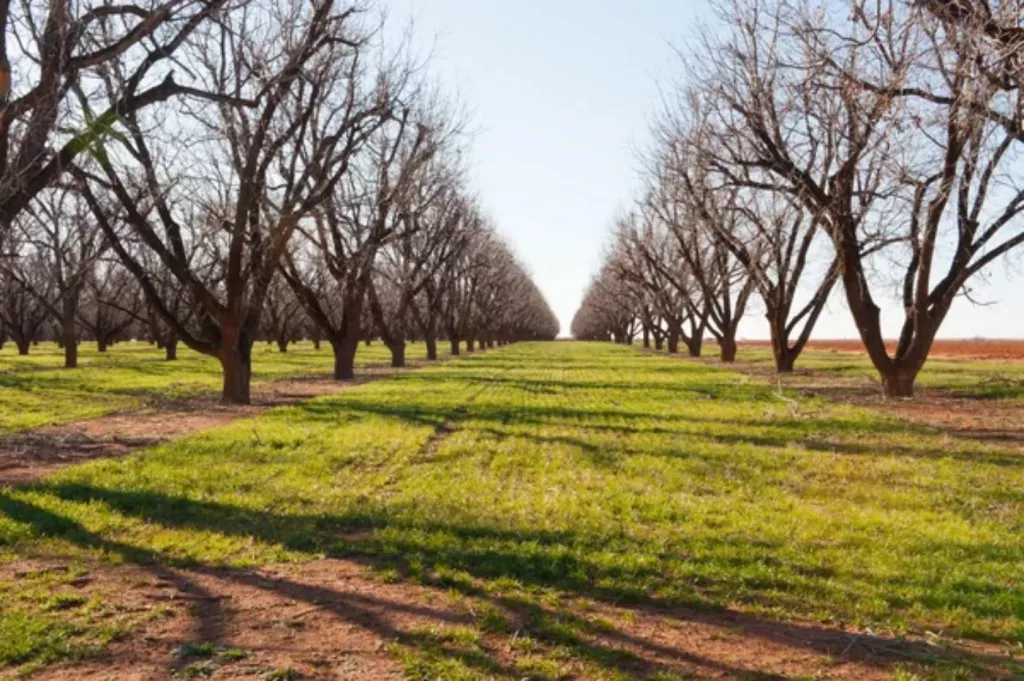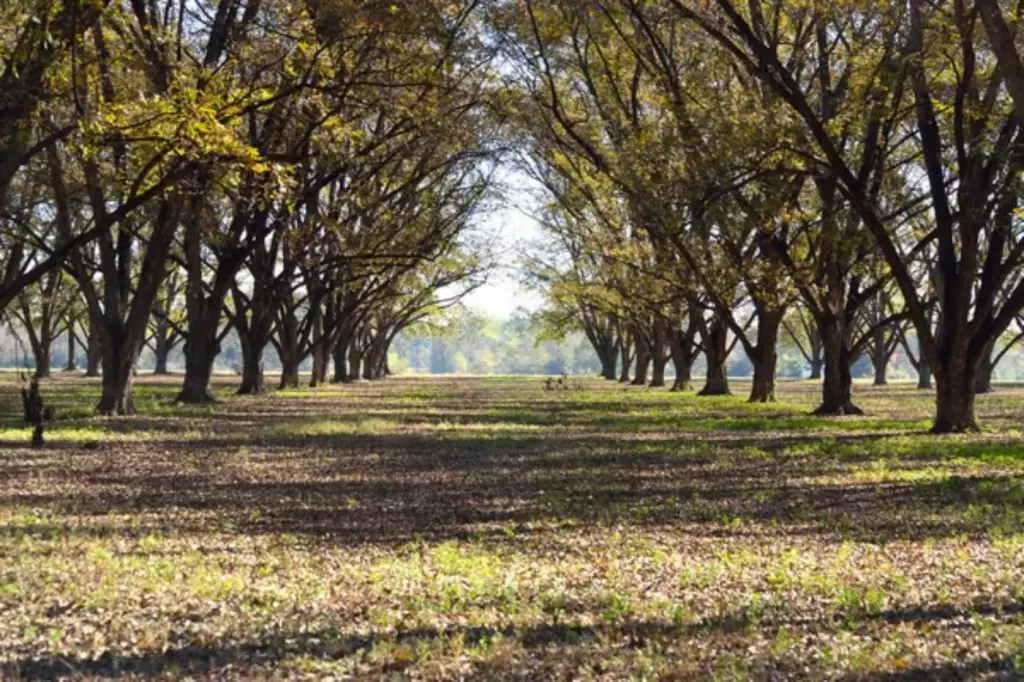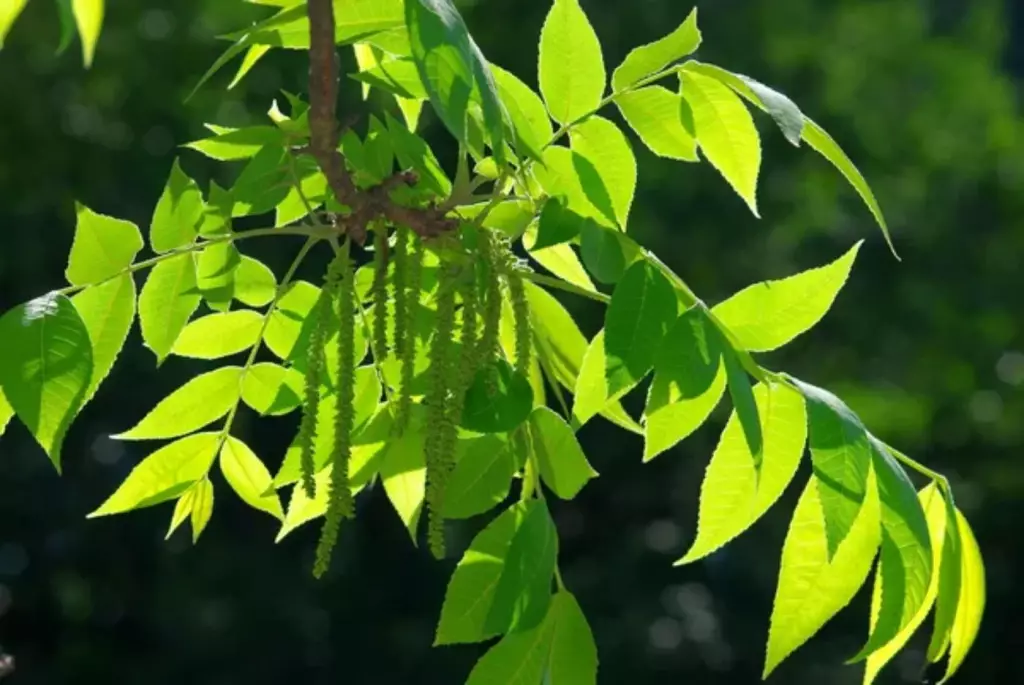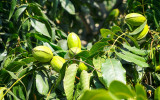When To Plant Pecan Trees for Optimal Growth
Pecan trees have a unique growth cycle that spans the entire year. If you're planning to plant these trees, you want to make sure you're doing it at the right time of year to give them the best chance of thriving. In this article, we'll find out the best time to plant pecan trees to ensure optimal growth.
The ideal time for planting pecan trees is during the dormant season, which typically occurs in late fall to early spring. This period allows the trees to acclimate to their new environment and establish their root systems before the onset of the growing season.
Planting during the dormant season also minimizes the stress on the trees and increases their chances of survival. Below, let's take a closer look at why these periods are the best seasons to plant pecan trees.
Summary
- Planting pecan trees in early spring allows the trees to take advantage of the entire growing season and establish strong root systems before the heat of summer arrives.
- Planting pecan trees in late fall takes advantage of the tree's natural dormancy period and allows them to establish root systems before the onset of winter.
- Pecan trees thrive in deep, well-drained soil with a pH level between 6.0 and 7.0, and they are best suited to sandy loam or loamy soils that are not prone to waterlogging.
- They grow best in areas with hot summers and mild winters, particularly in USDA hardiness zones 6 to 9, and require a significant number of chilling hours during the winter for proper dormancy and fruit production.

On this page:
Best Time of Year to Plant Pecan Trees
The table below outlines the best times of year to plant pecan trees, along with specific advantages and considerations for each season:
| Time of Year | Advantages | Considerations |
|---|---|---|
| Early Spring (March - April) | - Ground has thawed - Temperatures are warming up - Trees can establish roots before summer - Trees can get established before winter |
- Plant early enough before summer heat - Ensure moist but not too wet soil - Regular watering until established |
| Late Fall (November - December) | - Cooler temperatures - Trees are dormant - Roots can establish before ground freezes |
- Plant at least four weeks before first hard frost - Ensure moist but not too wet soil - Regular watering until established |
Early spring is the best time to plant pecan trees
Spring is a popular time to plant pecan trees for several reasons:
Springtime provides the ideal soil temperature for pecans
Pecan trees thrive in warm soil, and springtime provides the ideal soil temperature for planting. When the soil is warm, the trees can establish their root systems more effectively, leading to better growth and development.

Spring offers mild weather conditions
Spring typically offers milder weather conditions, with less extreme temperatures and more consistent rainfall. These conditions are favorable for the young pecan trees as they establish themselves and begin to grow.
Spring is a good time to take advantage of the pecan growth cycle
Planting pecan trees in the spring allows them to take advantage of the entire growing season. By planting early in the spring, the trees have ample time to acclimate to their new environment and establish strong root systems before the heat of summer arrives.
The soil is rich in nutrients during spring
Spring is a time when the soil is rich in nutrients, which is beneficial for the initial growth of pecan trees. The availability of essential nutrients in the soil supports the healthy development of the trees during their early stages.
Spring reduces the risk of transplant shock
Planting pecan trees in the spring reduces the risk of transplant shock. The mild weather and favorable growing conditions help minimize the stress on the trees as they adjust to their new location.
To avoid transplant shock in pecan trees, you need to keep the root system moist during the entire planting process and provide adequate water after planting.
Planting in the spring can better prepare them against pests and diseases
By planting in the spring, pecan trees have the opportunity to establish themselves before the peak pest and disease activity that often occurs later in the growing season. This can help the trees develop stronger natural defenses against potential threats.

If you decide to plant your pecan trees in the spring, perhaps consider doing it early enough so the trees have plenty of time to establish themselves before the heat of summer arrives.
You'll want to ensure the soil is moist but not too wet when you plant, and you'll need to water the trees regularly until they are established.
Late fall can also be a great time to plant pecan trees
Fall is indeed a great time to plant pecan trees for several reasons:
The soil temperature is ideal for root development
During the fall, the soil temperature is still warm from the summer months, which is ideal for root development. This allows the newly planted pecan trees to establish their root systems before the onset of winter.
There is reduced transpiration
In the fall, the weather tends to be cooler and there is typically less evaporation from the soil. This can help reduce water stress on the newly planted trees, allowing them to focus on root growth.
The trees are dormant during this time
Planting pecan trees in the fall takes advantage of the tree's natural dormancy period. During this time, the tree is less likely to experience transplant shock, as it is not actively growing and can focus on root establishment.
There is less competition
In the fall, many annual plants have completed their life cycles and are beginning to die back. This reduces competition for water and nutrients, giving the newly planted pecan trees a better chance to establish themselves.
The trees can be established before spring
By planting in the fall, the pecan trees have several months to establish their root systems before the onset of spring. This can lead to healthier and more vigorous growth once the growing season begins.
There are plenty of available rootstock during the fall
Many nurseries offer a wide selection of pecan tree varieties in the fall, making it a convenient time to find the specific cultivars or rootstocks that one may be looking for.
If you decide to plant your pecan trees in the fall, perhaps do it at least four weeks before the first hard frost. This will give the trees enough time to establish themselves before the ground freezes.
You'll also want to ensure the soil is moist but not too wet when you plant, and you'll need to water the trees regularly until they are established.
Ideal Conditions for Planting Pecan Trees

In this section, we'll discuss the soil and climate requirements, as well as the sunlight and watering needs of pecan trees in order to achieve optimal growth:
They require well-drained soils
Pecan trees thrive in deep, well-drained soil with a pH level between 6.0 and 7.0. The soil should be rich in organic matter and have good water retention capabilities.
Sandy loam or loamy soils are ideal for pecan tree cultivation. Additionally, the soil should not be prone to waterlogging, as excessive moisture can lead to root rot.
They grow best in areas with hot summers and mild winters
Pecan trees grow best in areas with hot summers and mild winters, such as the southern United States. They are well-suited to USDA hardiness zones 6 to 9, although specific cultivars may be better adapted to different zones.
Pecan trees also require a significant number of chilling hours during the winter to ensure proper dormancy and subsequent fruit production. Chilling hours are the number of hours below 45°F (7°C) that the tree experiences during the dormant season.
They need full sun exposure and moderate watering
Pecan trees are classified as full-sun plants, meaning they require at least 6-8 hours of direct sunlight per day to thrive. Adequate sunlight is crucial for the trees to photosynthesize and produce energy for growth and nut development.
In terms of watering, pecan trees have moderate water needs. Newly planted trees require regular watering to establish a strong root system.
Once established, mature pecan trees are relatively drought-tolerant but benefit from deep, infrequent watering. Always monitor soil moisture levels and provide additional irrigation during dry periods, particularly during the critical stages of nut development.
Seasonal Considerations and Timing
Below is a table summarizing the specific requirements of pecan trees during different seasons in order to maximize their growth, productivity, and overall health.
| Season | Optimal Care for Pecan Trees |
|---|---|
| Spring | - Provide adequate irrigation and nutrients |
| - Pruning and shaping young trees for strong growth | |
| - Encouraging the development of new foliage and flowers | |
| Summer | - Proper irrigation for peak vegetative growth |
| - Weed control and pest management | |
| - Preventing water stress to support pecan nut development | |
| Fall | - Nutrient management and irrigation for nut development |
| - Monitoring for pests and diseases as nuts approach harvest | |
| Winter | - Minimal maintenance during dormancy |
Spring marks the beginning of active growth and flowering. During this time, you may need to provide adequate irrigation and nutrients to support the development of new foliage and flowers.
Additionally, spring is an ideal time for pruning and shaping young pecan trees to encourage strong and balanced growth.

Meanwhile, summer brings the peak of vegetative growth for pecan trees, and proper maintenance practices, such as irrigation, weed control, and pest management, are essential during this period.
Adequate water supply is particularly important to support the development of pecan nuts and prevent water stress, which can impact fruit quality and yield.
As the summer transitions to fall, pecan trees enter the crucial nut development stage. Proper irrigation and nutrient management are a must during this period to support the maturation of the nuts.
Additionally, monitoring for pests and diseases becomes critical as the nuts approach harvest maturity. Finally, winter is a period of dormancy for pecan trees, during which they require minimal maintenance.
If you want to learn more about how to maximize your yield from pecan trees, here are 9 tips that you might find helpful.



